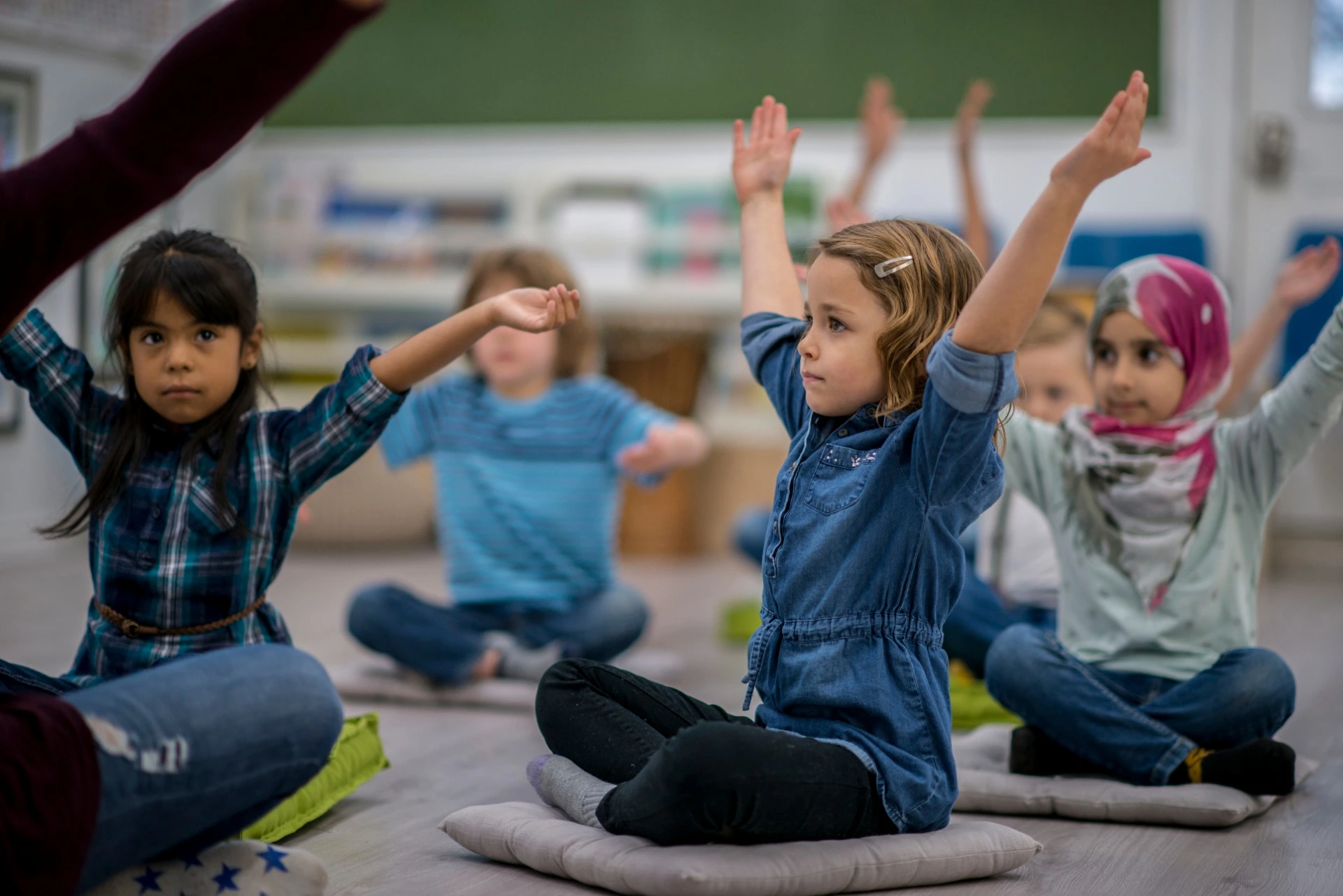PARADIGMS
Humanism
Humanism seeks to engage the learner as a whole, where their intellect, feelings, social capacities, artistic and practical skills are given attention in the learning process. The purpose of education is for learners to progress towards autonomy and the realization of one’s full potential (referred to as self-actualization).
Humanism places a great deal of emphasis on learner choice and control over their education. Learners are encouraged to focus on a specific subject of interest for any amount of time they choose, within reason. Learners must be motivated and engaged in the material they are learning, and this happens when the topic is something the students need and want to know.
In the humanist paradigm, self-evaluation is the only meaningful assessment – external grading is viewed as irrelevant and is thought to encourage students to work for a grade and not for personal satisfaction. Teachers provide students with a non-threatening environment so that they will feel secure to learn. Once students feel secure, learning becomes easier and more meaningful.

Key Principles
- Purpose of education is for learners to progress towards autonomy and the realization of one’s full potential
- Learning is personal growth
- Emphasis is on human freedom, dignity, and potential
- Learners are in control of their education, learner-centered
- Teachers provide students with a non-threatening environment so that they will feel secure to learn
Key Theorists
Abraham Maslow, 1908-1970
Abraham Maslow was an American psychologist who developed a humanistic approach to psychology in the early 1940’s. Rather than focusing on behaviour as a result of stimuli and reinforcement, Maslow focused on the capability of humans to reach their fullest potential. Rather than looking and trying to make sense of the dysfunctional brain, he searched for what it was that made humans exceptional. In a sense, he looked at what it was to be human.
Maslow created a hierarchy of needs to describe the growth of the human psyche. By analyzing the environment, he posited that given the right environment, humans will develop to their fullest potential, that of self-actualization. Maslow’s hierarchy of needs states that there are 5 levels which climax in self-actualization. They are physiological, safety, belongingness, esteem, and then one can reach self-actualization.
Maria Montessori, 1870-1952
Maria Montessori was an Italian teacher and physician. She developed the Montessori Method, an approach to education which emphasizes individuality and independence in learning. She viewed education as a process which should occur in harmony with the learner’s individual developmental pace.
The Montessori approach prioritizes learner choice. Learners discover the world around them through a hands on approach, promoting enthusiasm and curiosity driven learning.Montessori classrooms allow free exploration and learning in uninterrupted blocks of time. The environment should be aesthetically pleasing, and only include things that the teacher wants the child to experience. This environment should contain materials that children from different ages, characteristics, and interests could all engage in.
Concepts & Practices in Health Professions Education
Self-directed learning
Self-directed learning is the “process in which individuals take the initiative, with or without the help from others, in diagnosing their learning needs, formulating goals, identifying human and material resources, choosing and implementing appropriate learning strategies, and evaluating learning outcomes” (Knowles, 1975). Learners have the freedom to create their goals and the manner in which to achieve them. Teachers serve as advisors, facilitating the learning experience and providing consultation as appropriate.
Portfolios
Learners are asked to collate reflections upon various aspects of their learning experience. For example, they may be asked to attend to a number of different competencies (e.g. collaboration, communication, professionalism) and approaches to or aspects of practice (evidence-based practice, ethics), over the course of their curriculum. They may then have prompts or guides to document their experiences or learning as they relate to these competencies and aspects of practice. Portfolios are often used as a way to represent and assess learners in these competencies and practices.
References
- Challis, M. (1999). AMEE Medical Education Guide No. 11 (revised): Portfolio-based learning and assessment in medical education. Medical teacher, 21(4), 370-386.
- DeCarvalho RJ. The humanistic paradigm in education. The Humanistic Psychologist. 1991;19(1):88-104.
- Driessen, E., Van Tartwijk, J., Van Der Vleuten, C., & Wass, V. (2007). Portfolios in medical education: why do they meet with mixed success? A systematic review. Medical education, 41(12), 1224-1233.
- Knowles, Malcolm S. Self-Directed Learning: A Guide for Learners and Teachers. New York: Association Press; 1975.
- Maslow A. Some educational implications of the humanistic psychologies. Harvard Educational Review. 1968;38(4):685-96.
- Maslow AH. A theory of human motivation. Psychological Review. 1943;50(4):370.
- Montessori M, Carter B. The Secret of Childhood. Calcutta: Orient Longmans; 1936.
- Montessori M. To Educate the Human Potential. Ravenio Books; 2015.
